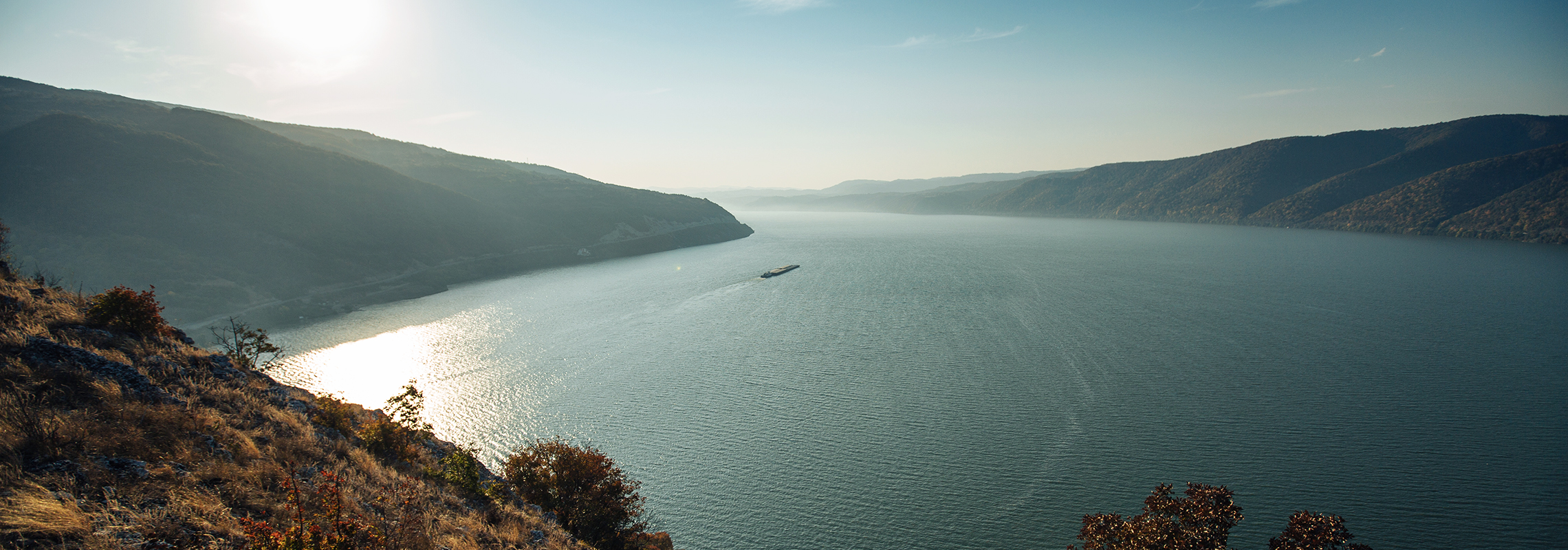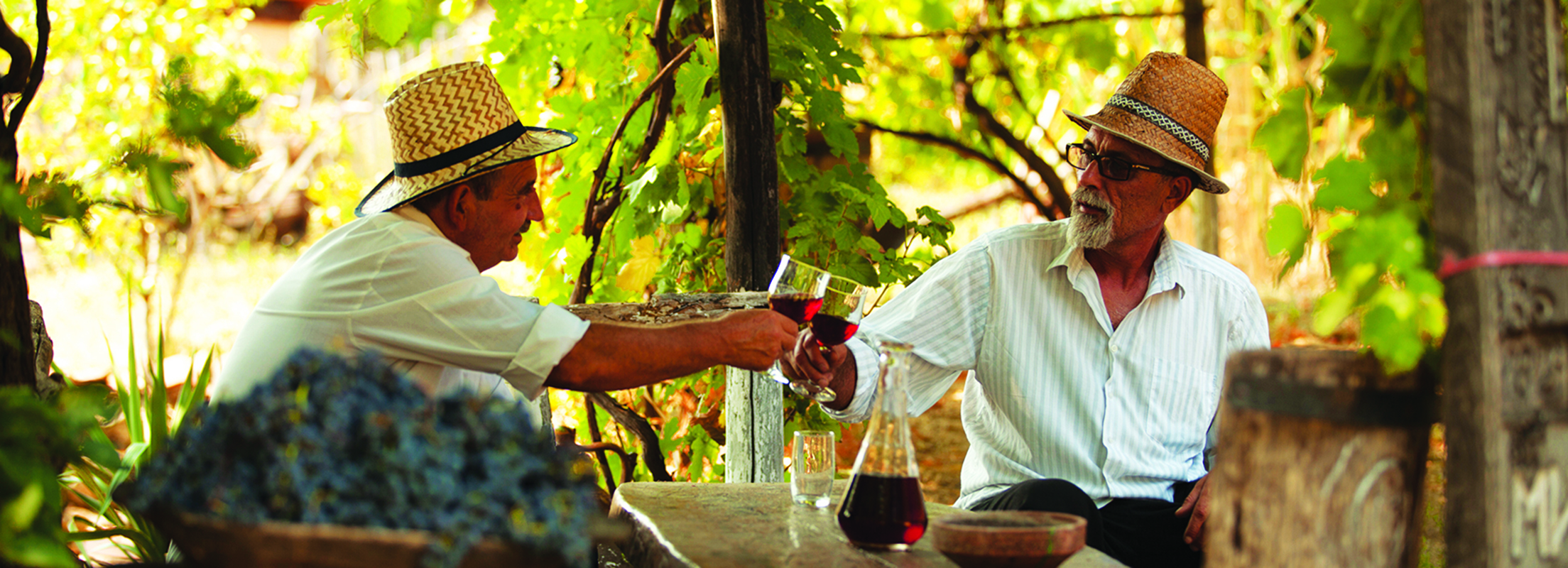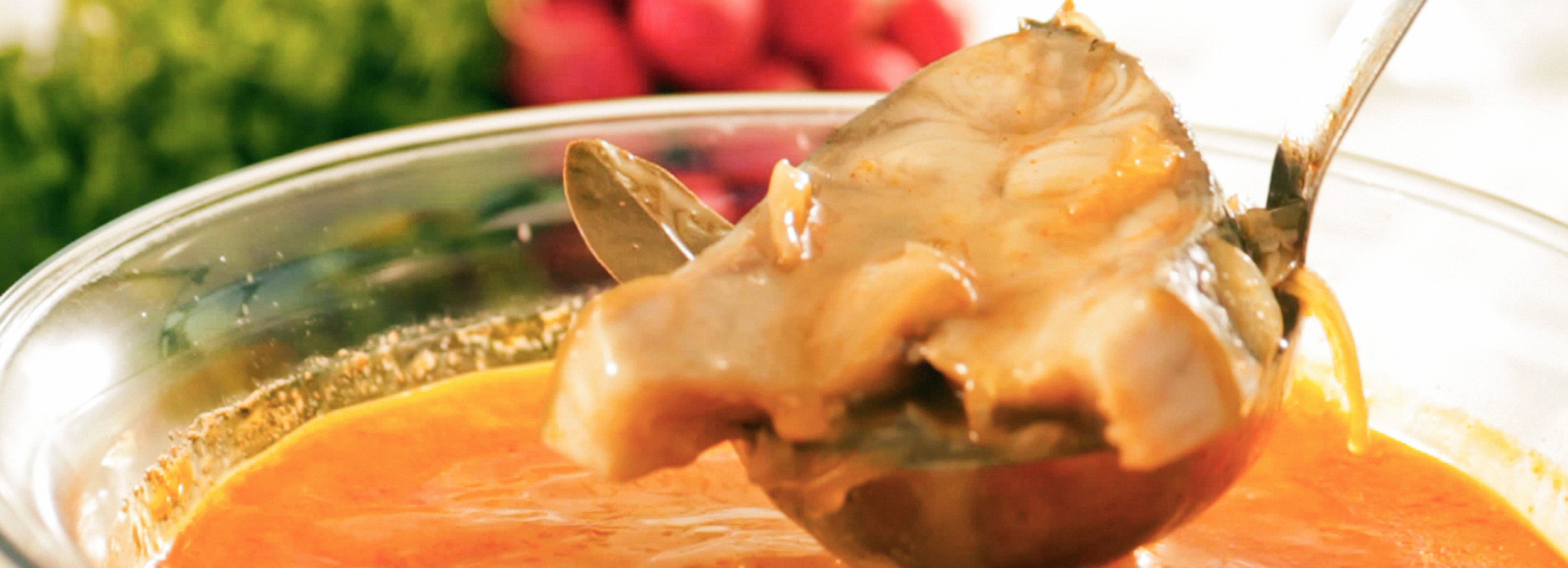

The region of Eastern Serbia has always had an air of secrecy and mystery about it.
The bank of the Danube in the far east of the country has been populated by humans for more than 9,000 years since the age of the Lepenski Vir culture, which once flourished here. While much has changed since then, the harmony between the way of life of the local populace and nature has remained untouched.
The rural households in this area are highly diverse. Some of them lie on the very bank of the Danube and are a true paradise for fishermen and fish gourmets alike. Other households are perched on mountain slopes and are ideal for hiking, skiing, mountaineering and conquering the challenging mountain peaks. Others still are situated in the vicinity of medical spas and important historic landmarks.
Regardless of location they all offer an authentic stay, which is sure to rejuvenate you and help you return to your daily life ready for fresh challenges.
Eastern Serbia flourishes with natural beauty. In the north-eastern part of Serbia, where the Danube is at its deepest, lies the Đerdap National Park, with the majestic Iron Gate Gorge, one of the longest gorges in Europe.A view of the steep cliffs of the gorge from the Danube is breath-taking. Equally fascinating is the fact that this area is home to more than 1,100 plant species and there are more than 200 bird species flying over the forge, including some rare ones such as the golden eagle, the white-tailed eagle, the black stork and the grey heron.
The number of small waterfalls in this region are the favourite picnic spots of both locals and tourists. Visitors to the village of Mokrinje have an opportunity to enjoy pristine nature at the Mokranjske stene picnic area, with its small waterfall and picturesque lake.
Two mighty emerald-green springs, the Mlava and the Kupajsko vrelo, gush from the limestone rocks of Beljanica mountain. The mountain is also home to the protected natural monument of Lisine, with its cascading waterfall with a vertical drop of more than 20 metres.
Active holiday lovers will enjoy hiking along Stevanske livade meadows on Deli Jovan mountain, while the most hardy mountaineers will be rewarded with stunning views of the entire region of Negotin from the mountain’s peak.
If you choose one of the villages in the Soko banja region as your base, you will be able to take a trip to one of Serbia’s favourite spas, which offers numerous individually designed wellness and fitness programmes.
You can also have a relaxing holiday at Ždrelo, Serbia’s youngest spa. This modern spa resort, offering massage, saunas and swimming pools, also features an aquapark, which will be greatly enjoyed by any young visitors.
Get to know the rich plant and animal life of Stara planina mountain, one of the centres of biodiversity in Serbia. There mountain, which remains covered in snow for several months of the year, boasts a skiing and tourist resort. Conquering its highest peak, Midžor, is a challenge for even the most experienced climbers.
Rtanj, an unusual, cone-shaped mountain, is of particular interest to herb pickers as winter savory, a widespread plant species used in the making of the Rtanj tea - a beverage known for its potent flavour and aroma - grows in abundance.

On the slopes of Stara planina mountain lies the village of Gostuša, a unique architectural area. Everything in Gostuša – houses, roofs, fences – is made of stone, earning it the nickname of Stone Village. The original 19th-century houses, very well preserved, are still inhabited by villagers, who live their life in harmony with nature.
A magnificent 19th-century building designed in the Oriental Balkan style is home to the Museum of Ponišavlje (the Nišava river basin), which displays authentic furniture and household items of the Pirot region. Much of the museum is dedicated to the colourful handmade carpets (the “Pirot kilim”) for which this city has become widely known.
A unique blend of traditional folk architecture and exhibits, dating back to classical antiquity, can be seen at the Archaeological Ethno Park in the village of Ravna, near the town of Knjaževac. The building of the former village school hosts a display of items found on the nearby Roman archaeological site Timacium Minus. Here you can also see original houses, workshops and ancillary buildings built in the 19th Century, which were carried over to the park from the nearby villages.
The Negotin region is renowned for its many wine cellars, known locally as “pivnice” or “pimnice”, which are densely concentrated on a relatively small geographic area.In the hills near the village of Rajac, there is a whole village of more than 270 wine cellars. Built of stone and covered with semi-circular grooved roof tiles known as “ćeramida” and with cellars dug up to one metre into the ground to preserve even temperature, the local wineries, known as “Rajačke pimnice“, have been storing large quantities of wine for centuries.
Around the village of Rogljevo, there are more than 150 wine cellars, most of them built in the 19th century. Together with the winding streets and the assembly square, they form a unique architectural area.
Some of the authentic wine cellars of Rajac and Rogljevo have been renovated and converted into modern hospitality establishments, ready to welcome visitors from all over the world. Use your visit to the wine cellars to sample or buy some of the delicious homemade wines.

In the villages near the Danube, you will be treated to freshly-caught freshwater fish prepared in a myriad of ways – boiled, baked, fried and breaded. A speciality of the region is marinated northern pike. A traditional dish of the Veliko Gradište area is the native Serbian variety of beans called “gradištanac”, which can be served both lean or fatty.
The area around Negotin is one of Serbia’s main wine regions. The local wine cellars store wines of Prokupac, Smederevka, Game and other varieties. This is also the only region in Serbia where Black Tamjanika, a native Serbian grape variety which produces wines with an intense flavour and fruity, spicy aromas, still grows.
In the high Homolje mountains beekeepers produce honey with a designated geographic origin, which owes its unique taste to native plant species which grow where bees are left to forage.
The Homolje region is home to the Vlach national minority, whose members cherish the traditional dishes of their ethnic cuisine. Thus, here you can taste authentic Vlach dishes such as sour chicken soup, cornbread with nettle and mamaliga polenta served with meat.
Do not leave the region of Pirot until you have tasted the Pirot caciocavallo cheese which simply melts in the mouth. Also, not to be missed is the famous flat sausage from Pirot. Cheese lovers will also enjoy the Stara planina caciocavallo cheese, made from the milk of cows and ewes bred on Stara planina mountain.
